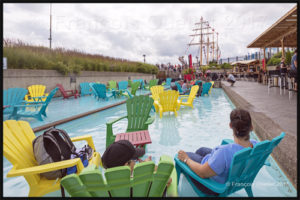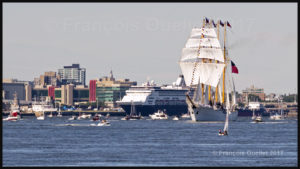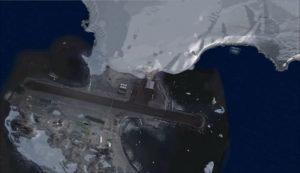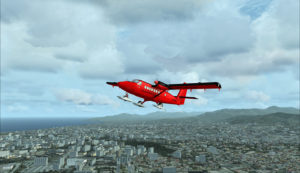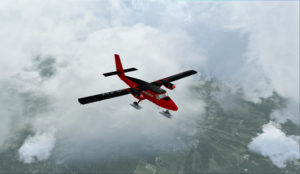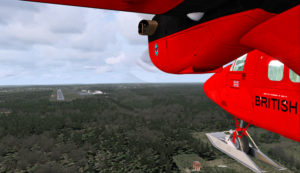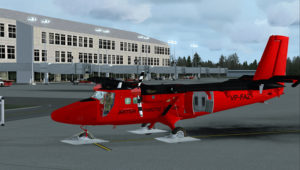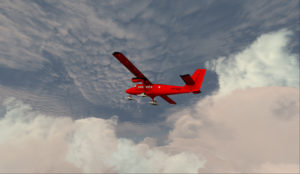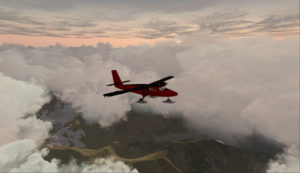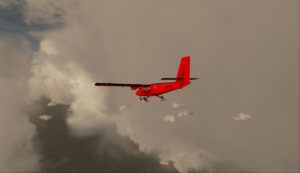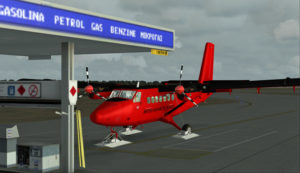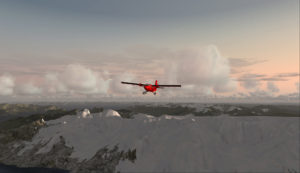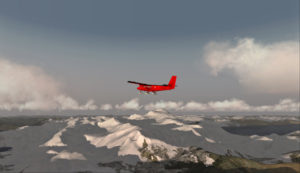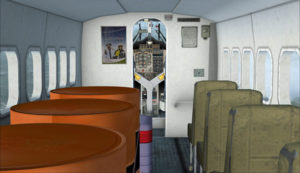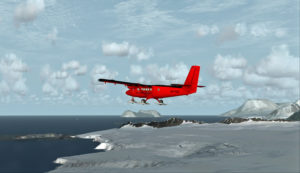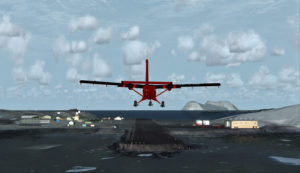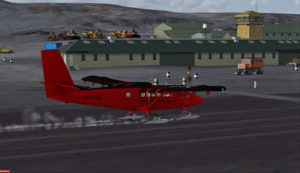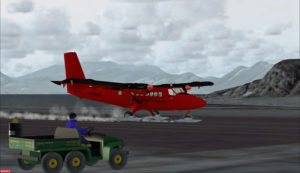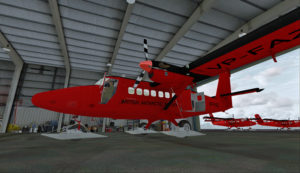In July 2017, the four masted Chilean sailboat Esmeralda arrived in Quebec City for the Tall Ships Regatta 2017. The arrival was quite spectacular, as the whole crew sang together for several minutes for the people standing along the pier.
In order to avoid any distraction, the full frame picture has been taken in the portrait mode and the cropping was tight enough to bring forward the crew members standing up high away on the masts.
The picture below offers another point of view of the sailboat masts but this time the importance is given to the colored chairs directly installed in water, allowing the tourists to cool down during a particularly hot summer day. The wide angle lens used for the shot was a Canon 14mm f/2.8L. Two diagonal lines created by the pool in the foreground progressively meet with each other in the distance, in front of the sailboat.
When the Tall Ships Regatta 2017 ended, several small boats approached the Esmeralda and other sailboats to slowly travel with them from Quebec City until they cleared île d’Orléans. In the picture below, you can see the cruise ship Maasdam, which has been repositioned to a new pier in the Port of Quebec in order to accomodate the sailboats.
In the picture below, the sailboat Esmeralda his heading towards the north of île d’Orléans as the final parade is completed. On the left, you can see the Château Frontenac and, directly behind, the Hotel Le Concorde Québec, with in its upper ring a revolving restaurant offering a superb view of Quebec City. The hand held photo was taken from île d’Orléans with a Canon EF 70-200mm f/2.8L IS II USM telephoto lens. This lens is equipped with an integrated stabilizer.
It would nonetheless have been quite difficult to succeed with such an important cropping without the performance of the 50.6 megapixel full frame sensor used in the Canon 5DSR. Considering the great distance over water that is present between the camera and the sailboat, it is possible that you notice a mirage effect, even with the small picture presented here.
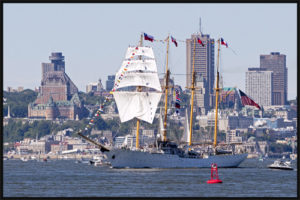
I thought the crew would use all of the sailboat’s sails once passed île d’Orléans, but it was not the case. The picture below was taken from the top of a wooden tower installed at the north east extremity of île d’Orléans, while the Esmeralda is still navigating using its engine.
Even without the sails, the photographic composition benefited from a yellow field, a merchant ship and a lively horizon line showing the Appalachian mountains. No tripods were used for the shot as the wooden tower was constantly moving. The telephoto lens used was a Canon EF 70-200mm f/2.8L IS II USM and a slight cropping was necessary.
An approximative rule of thirds is behind the composition of the photo : you can imagine three fictive horizontal lines dividing the frame. The sailboat also finds itself on one of the rule of thirds vertical line on the right.
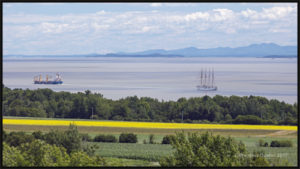
For other pictures of ships on my blog, click on the following link : Ship photography.

